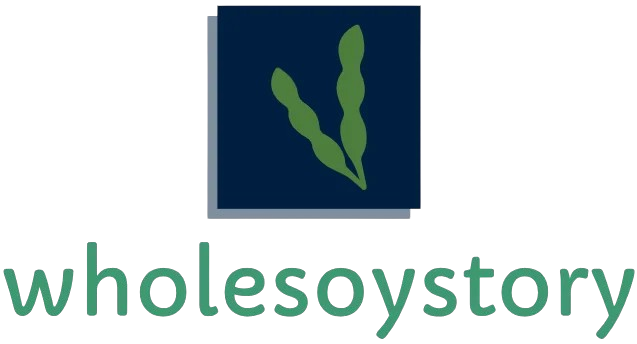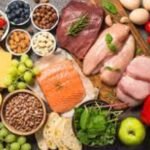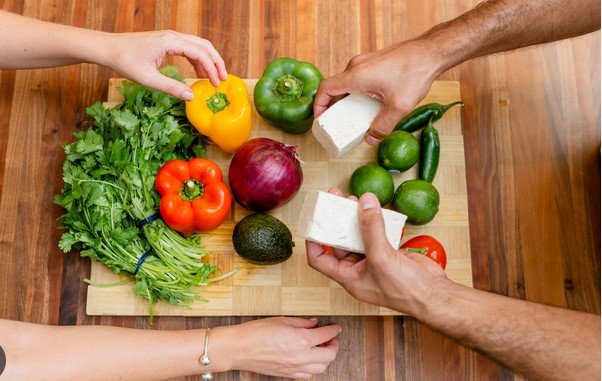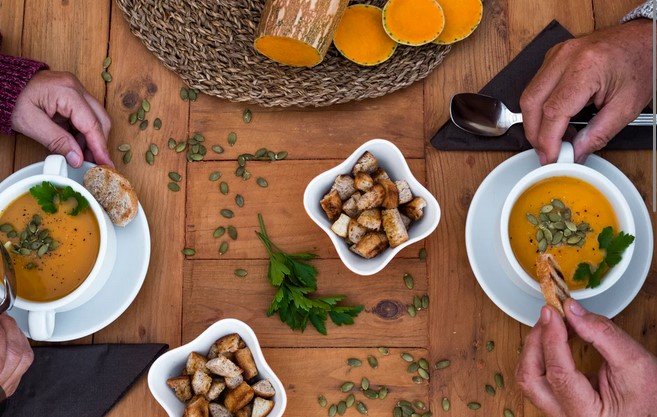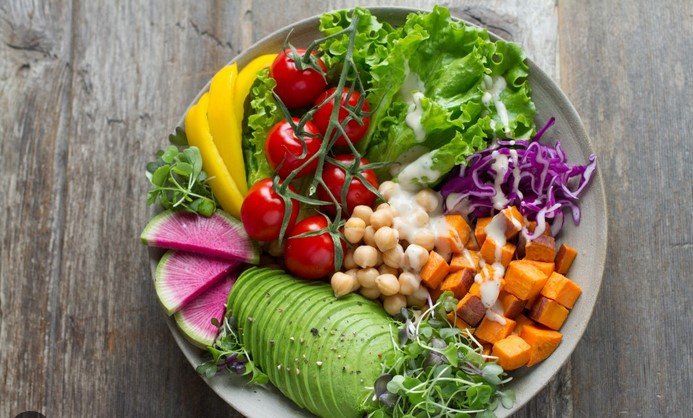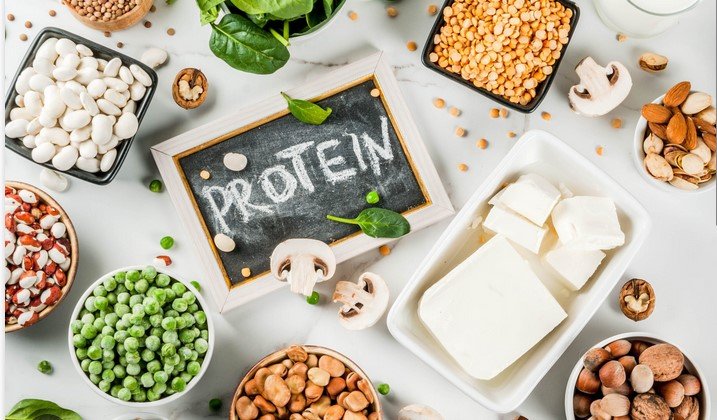Meal planning is one of the best ways to ensure you maintain a healthy and balanced vegan diet. With the right approach, you can save time, money, and effort while fueling your body with all the necessary nutrients. Whether you’re new to veganism or just looking to improve your planning process, here’s how to meal plan for a healthy vegan diet.

Start with Your Nutritional Needs
Before diving into meal planning, it’s important to understand your nutritional needs. A healthy vegan diet requires careful attention to certain nutrients, including protein, iron, calcium, vitamin B12, vitamin D, omega-3s, and zinc. Make sure to include a variety of plant-based foods that provide these nutrients.
Focus on incorporating whole grains, legumes, fruits, vegetables, nuts, seeds, and fortified plant-based products into your meals. You may also consider taking supplements for vitamin B12 and vitamin D, as these are often difficult to get from a plant-based diet alone.
Plan Your Meals Around Protein-Rich Foods
Protein is essential for muscle repair, growth, and overall health. As a vegan, you’ll want to include plant-based protein sources in every meal. Think lentils, beans, chickpeas, tofu, tempeh, quinoa, edamame, and seitan. These protein-packed options will help you feel full and energized throughout the day.
Start by planning your meals around these protein-rich foods. For example, you can create a hearty lentil stew, a tofu stir-fry, or a quinoa salad to make sure you’re getting enough protein at each meal. Keep in mind that variety is key to making sure you’re getting all the essential amino acids.
Include a Variety of Vegetables and Fruits
Fruits and vegetables are the cornerstone of a healthy vegan diet. They provide vitamins, minerals, antioxidants, and fiber, which are crucial for overall health. When meal planning, aim for a colorful variety of produce, as different colors indicate different nutrients.
For example, leafy greens like spinach, kale, and collard greens are rich in calcium and iron, while bell peppers, tomatoes, and citrus fruits are high in vitamin C. Plan your meals to include a variety of vegetables in both cooked and raw forms. You can make salads, soups, roasted veggies, or smoothies to incorporate more fruits and vegetables into your day.
Prepare Easy, Make-Ahead Meals
One of the best strategies for meal planning is preparing simple, make-ahead meals. This will save you time during the week and reduce the temptation to opt for unhealthy convenience foods. Cook in bulk and store portions in the fridge or freezer for easy access throughout the week.
Dishes like grain bowls, veggie-packed stir-fries, curries, soups, and salads can be made in advance and stored for several days. You can also batch cook grains, beans, and roasted vegetables to create quick meals. This not only saves you time but also ensures that you always have a healthy option available.
Balance Your Macros and Avoid Processed Foods
When planning your vegan meals, it’s important to balance your macronutrients (protein, fats, and carbohydrates) to ensure you’re getting a well-rounded diet. Include healthy fats from sources like avocados, nuts, seeds, and olive oil. For carbohydrates, focus on whole grains such as brown rice, quinoa, and oats, as well as starchy vegetables like sweet potatoes.
While processed vegan foods like plant-based burgers and cheeses are delicious and convenient, try to limit them. These foods can be high in sodium, added sugars, and unhealthy fats. Focus on whole, unprocessed foods for the most nutrient-dense meals.
Make a Shopping List and Stick to It
Once you’ve planned your meals, create a shopping list to make sure you buy everything you need for the week. Organize your list by categories (e.g., produce, grains, protein, snacks) to make your shopping experience more efficient. Stick to the list to avoid impulse buys, especially when it comes to processed foods that aren’t aligned with your healthy eating goals.
Shopping in bulk for items like rice, beans, lentils, and oats can help save money and reduce waste. Choose fresh, seasonal produce to get the best quality and price. If possible, consider visiting local farmers’ markets or buying from stores that offer organic or sustainably sourced products.
Stay Flexible and Try New Recipes
While meal planning is about structure, it’s also important to stay flexible. Life can be unpredictable, and sometimes you might not feel like eating what you planned. That’s okay! Keep your options open and allow yourself to swap meals or try new recipes if you feel like it.
Experiment with new plant-based dishes and flavors to keep things exciting. From vegan tacos to curries, Buddha bowls, and smoothies, there’s a world of flavors to explore. Trying new recipes will keep your meals interesting and inspire you to continue meal planning.
Conclusion
Meal planning for a healthy vegan diet doesn’t have to be overwhelming. By understanding your nutritional needs, focusing on protein-rich foods, incorporating plenty of fruits and vegetables, and preparing make-ahead meals, you can ensure a balanced, nutritious diet. Remember to stick to a shopping list, avoid processed foods, and stay flexible with your meals. With these tips, you’ll be able to stay on track with your vegan diet while enjoying delicious and varied meals every day.
